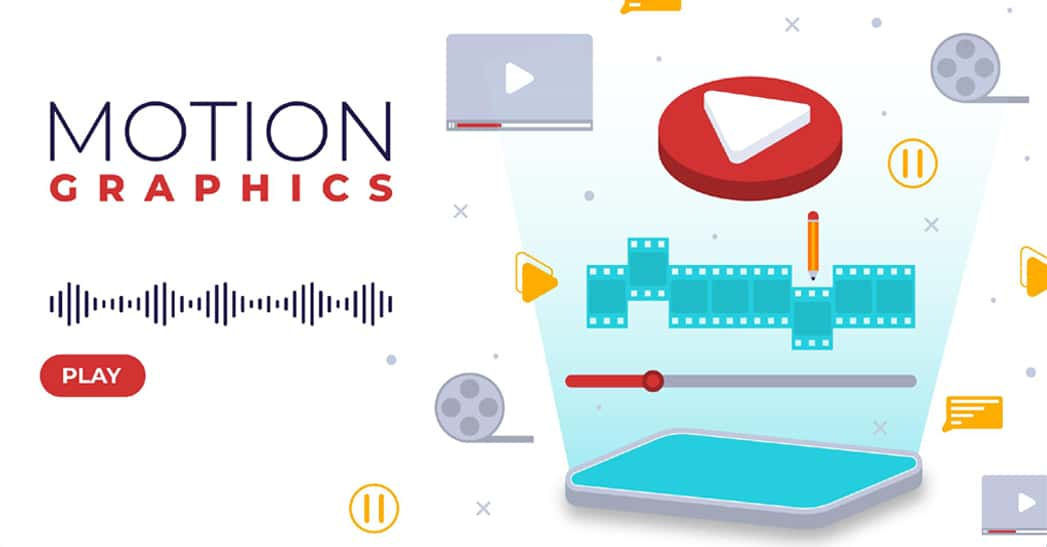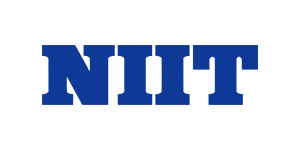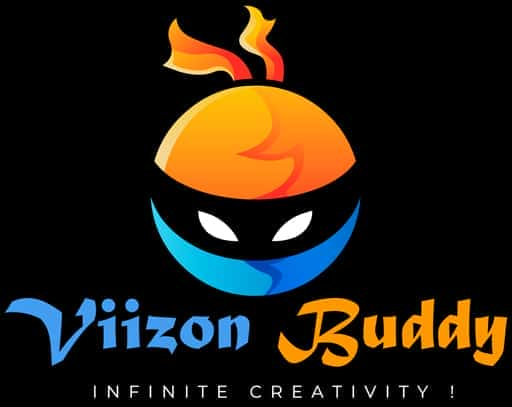Motion graphics, a dynamic form of visual communication, have become an integral part of the digital landscape. Through a combination of typography, illustration, and animation, motion graphics breathe life into static visuals, engaging audiences across various platforms. In this article, we’ll explore the world of motion graphics, from its fundamental elements to its diverse applications and future trends.
Introduction to Motion Graphics
What are motion graphics?
Motion graphics refer to animated graphic design elements that convey information or tell a story. Unlike traditional animation, which often involves character movement, motion graphics focus on motion within graphic elements like text, shapes, and images.
Evolution of motion graphics
Motion graphics have evolved significantly over the years, from simple animated text in early film titles to complex digital animations in modern multimedia productions. The rise of digital technology and software tools has democratized the creation of motion graphics, making them accessible to a broader audience. read more about Motion_graphics on Wikipedia.
Importance in digital media
In today’s fast-paced digital world, motion graphics play a crucial role in capturing and retaining audience attention. Whether used in advertisements, explainer videos, or user interfaces, motion graphics help convey messages effectively in a visually compelling manner.
Elements of Motion Graphics
Motion graphics typically incorporate several key elements to create engaging visuals:
Typography
Text is a fundamental component of motion graphics, used to communicate information, emphasize key points, or convey mood and tone.
Illustration
Illustrations, whether hand-drawn or digital, add visual interest and personality to motion graphics, helping to convey complex ideas in a simplified manner.
Animation
Animation brings static elements to life through movement, adding dynamism and visual appeal to motion graphics.
Sound design
Sound effects and music enhance the impact of motion graphics, evoking emotions and creating a cohesive viewing experience.
Applications of Motion Graphics
Motion graphics find application in various industries and contexts:
Advertising
In advertising, motion graphics are used to create eye-catching commercials, promotional videos, and social media ads that drive engagement and brand recognition.
Film and television
Motion graphics play a vital role in film and television productions, from opening titles and visual effects to informational graphics and animated sequences.
User interfaces
In user interface design, motion graphics help improve usability and enhance the user experience by providing visual feedback and guiding interactions.
Education and training
Motion graphics are increasingly used in educational content and training materials to explain complex concepts, illustrate processes, and engage learners effectively.
Tools and Software for Motion Graphics
Several software tools are commonly used in motion graphics production:
Adobe After Effects
After Effects is a powerful tool for creating motion graphics and visual effects, offering a wide range of features and capabilities for animation and compositing.
Adobe Premiere Pro
Premiere Pro is a popular video editing software that integrates seamlessly with After Effects, allowing for efficient workflow in motion graphics production.
Cinema 4D
Cinema 4D is a 3D modeling, animation, and rendering software widely used in motion graphics, particularly for creating complex 3D animations and visual effects.
Blender
Blender is a free and open-source 3D creation suite that offers robust features for motion graphics, including modeling, animation, rendering, and compositing.
Steps to Create Motion Graphics
Creating motion graphics involves several key steps:
Concept development
Start by defining the goals and message of the project, brainstorming ideas, and creating a storyboard to plan the visual sequence.
Storyboarding
Storyboarding helps map out the flow of the motion graphics, including the arrangement of visual elements, transitions, and timing of animations.
Animation
Animate the elements according to the storyboard, paying attention to timing, easing, and motion curves to create smooth and natural movement.
Editing and final touches
Once the animation is complete, fine-tune the visuals, add sound effects or music, and make any necessary adjustments to enhance the overall impact.
Best Practices in Motion Graphics
To create effective motion graphics, consider the following best practices:
Keep it simple
Avoid cluttering the screen with unnecessary elements and focus on conveying the message concisely and clearly.
Focus on storytelling
Use motion graphics to tell a compelling story or communicate a narrative that resonates with the audience.
Use high-quality assets
Utilize high-resolution images, vector graphics, and professionally produced audio to ensure a polished and professional finish.
Pay attention to timing and pacing
Adjust the timing and pacing of animations to maintain viewer interest and ensure that information is conveyed effectively.
Trends in Motion Graphics
Several trends are shaping the future of motion graphics:
Minimalism
Minimalist design principles, such as clean lines, simple shapes, and subtle animations, are increasingly popular in motion graphics.
3D animation
Advancements in 3D technology have led to the widespread adoption of 3D animation techniques in motion graphics, adding depth and realism to visuals.
Interactive motion graphics
Interactive motion graphics, which allow users to engage with and manipulate visual elements, are becoming more prevalent in web design and digital media.
Mixed media integration
Combining different types of media, such as live-action footage, animation, and visual effects, creates visually stunning and immersive motion graphics experiences.
Impact of Motion Graphics on Engagement
Motion graphics have a significant impact on audience engagement:
Capturing attention
Dynamic and visually appealing motion graphics attract and retain viewer attention, increasing the likelihood of message retention.
Conveying complex ideas
Motion graphics simplify complex concepts and data, making them easier to understand and digest for the audience.
Enhancing user experience
In user interfaces and interactive applications, motion graphics improve usability and create memorable user experiences.
Challenges in Motion Graphics
Despite their many benefits, motion graphics present several challenges:
Balancing creativity with client expectations
Meeting client requirements while maintaining creative integrity can be challenging, requiring effective communication and negotiation skills.
Technical constraints
Working with animation and visual effects software can be technically demanding, requiring expertise in software tools and techniques.
Continuous learning and skill development
The field of motion graphics is constantly evolving, requiring professionals to stay updated on new technologies and trends through continuous learning and skill development.
Future of Motion Graphics
The future of motion graphics is bright, with exciting developments on the horizon:
Advancements in technology
Continued advancements in hardware and software technology will enable even more complex and realistic motion graphics creations.
Integration with virtual and augmented reality
Motion graphics will play a key role in the development of immersive virtual and augmented reality experiences, blurring the lines between the digital and physical worlds.
Personalization and interactivity
Motion graphics will increasingly be tailored to individual preferences and behaviors, offering personalized and interactive experiences for users.
Case Studies
Explore real-world examples of motion graphics in action:
Successful motion graphic campaigns
Discover how brands have used motion graphics to create memorable and effective advertising campaigns that resonate with audiences.
Notable uses in films or advertisements
Learn about iconic motion graphic sequences in films and advertisements that have left a lasting impression on viewers.
Innovative approaches to motion graphics
Explore innovative uses of motion graphics in fields such as data visualization, gaming, and virtual reality, pushing the boundaries of what’s possible in visual communication.
Conclusion
Motion graphics have revolutionized the way Animation Production Company In India communicate and engage with visual content in the digital age. From advertising and entertainment to education and user interfaces, motion graphics play a vital role in conveying information, telling stories, and creating immersive experiences. As technology continues to evolve and creative possibilities expand, the future of motion graphics is limited only by our imagination.













